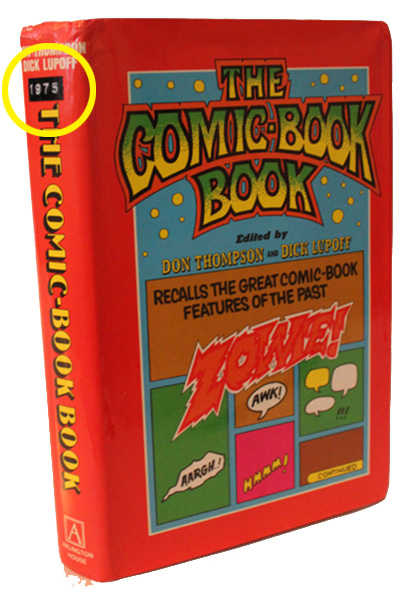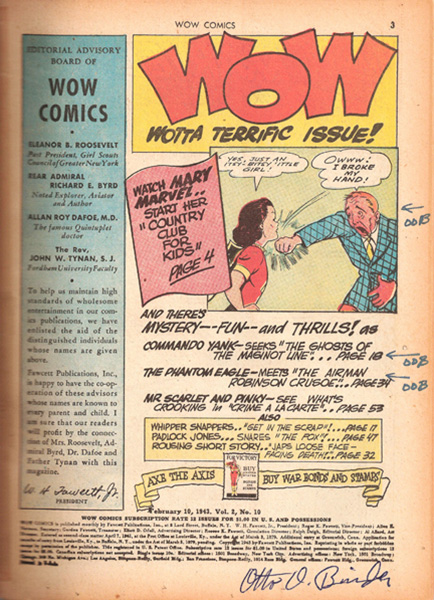ARE YOU AN ACCUMULATOR OR A COLLECTOR?
Maggie’s World 004: Accumulating and Collecting


A collection. “The difference between an accumulation and a collection is an index.” That’s what Don, my late husband, used to say. Given that we were both avid collectors, especially of magazines and anthologies, our files slowly but inevitably grew with the 3” x 5” file cards that identified the contents of those magazines and anthologies. Heck, we had a collection of cards, too, each carefully filed in alphabetical order, color-coded by type.

There grew to be thousands and thousands of them, and one of the first searches we made when we bought a PC in the 1980s was to see whether any program available then could duplicate electronically what Don had produced over the years with a small portable typewriter and stacks and stacks of file cards. Answer then: nope. Answer today: not easily.
Turning “accumulating” into “collecting” has been a challenge for decades. In many ways, though, we have it easy. For example, fire-engine and military-vehicle collectors (yes, they do exist) face greater challenges—though maintaining an index for a fire-truck inventory probably doesn’t take as much time as it takes to maintain the information about a large comic book collection. Identifying and storing a variety of children’s toys can be a complex challenge compared to the advantages that similar sizes and easy identification bring to comics collecting.
Which, of course, brings me back to the challenges of collecting comic books.
Simple identification is usually easy. Thanks to publishing customs and requirements, most of what we collect is already labeled. A look at the tiny type hiding somewhere in an issue will usually reveal a comic book’s title, number, date, publication office, and more.
In fact, that tiny type helped comics fans decades ago reach out to the people who created the comics. And that helped bring together collectors from around the world to form the nucleus of today’s universe of creators and fans. But I digress.
Consider the whole indexing thing. When I wanted to find where the first printings of Ray Bradbury’s stories in pulp magazines appeared before his name became known to readers of EC comics, I did a fast Google check with little luck. I finally simply pulled my copy of Don B. Day’s Index to the Science Fiction Magazines 1926-1950 (Perri Press, 1952, apparently not available online) off my shelf and in less than 60 seconds located the information concerning where two of those classics had been first published.
Comic book readers are luckier when they look for information about the contents of what they collect. The incredible crowd-sourced comics.org is a jaw-dropping research tool, and someone needs to pin some sort of award to it. It’s still not quite complete (shame on me; I need to provide index information for its missing issues of Dell’s Raggedy Ann + Andy, June 1946-August 1949, some of the best little kids’ comics stories of the 1940s), but its content is, nonetheless, staggering.
Living with lists. Collecting can be approached in more than one way; most basic are maintaining a “haves” list and using that to create a “wants” list. Such list making depends, of course, on knowing the details of what it is you’re collecting and lacking, to avoid buying things twice. All of which may mean you’ll choose to begin with a “haves” list.
In the case of hardcover and paperback books, I’m slowly building an Excel file that lets me locate the books that are already on my shelves. My column names are “Author Last Name/Author First Name/Editor/Title/Format/Notes/Dates/Prices.” The “Editor” notation is used for filing anthologies, and I use the last two columns only in cases I find important to note (as when a date would indicate a difference in the material or a seemingly unimportant volume might be worth attention). Ignoring the last two columns, then, I note at random an entry such as this: “Mead/Shepherd/How to Succeed in Business without Really Trying/paperback humor/Will Elder cover.”
That Excel file comes in handy in many ways, and it could be a fast way to identify a comics inventory. A few days ago, I was trying to remember a specific reference book I had on vampires and, simply by sorting for the word “vampire,” was able to locate Paul Barber’s Vampires, Burial, and Death: Folklore and Reality. Then (here’s Part 2 of maintaining a collection) I could pull it off the shelf, since I’d filed it in alphabetical order by author. Because—and here’s the second family slogan for this column—as my son, Stephen, says, “If you can’t find it, you don’t have it.” Which brings me to—
Filing and storing. This is especially a problem for collectors of books and comics. If your collection consists only of cool original art, you’ll probably hang it on the wall. But comics and books—well, it’s all about the organization again.

Robert Heinlein numbered his books as he acquired them, then stuck a label with the number on the spine of the book and listed the number and the book in his inventory. He didn’t need to rearrange all his shelves every few years, the way I do, as new books overflow the space I’ve tried to leave for them. So you might consider his approach. Some libraries file fiction alphabetically by author’s last name and nonfiction by a number determined by the topic. Don and I used to file all our books by the author’s last name, whether they were fiction or nonfiction, but more recently I’ve been shelving more by the old library arrangement (which is how I was able to locate the Day Index so promptly).
Comics collectors have it pretty soft these days. Decades ago, we began by toting ever-more-bulky lists from shop to shop and show to show. In the earliest days, they were often simply our “have” lists, because we didn’t know how many issues had been published of which titles. What started with Bob Overstreet’s first compendium of the information he and Jerry Bails had gathered four decades ago (The Comic Book Price Guide 1933-Present) quickly grew to be the indispensable reference for U.S. collectors, thanks to Bob’s ongoing updates. Moreover, the field today has the luxury of a number of basic references, each with a different form and function, each providing a data summary the likes of which can be hard to find in most other collecting communities.
In my own comics files, I store issues alphabetically by indicia title (with a few exceptions) and number. And, as for the inventory itself, I use ComicBase software—which also generates labels that include current pricing estimates and notes about the issue. (Each issue is stored in a plastic bag so that I can slap a label on it, and each label means there’s one less comic book that has to be opened in an information hunt through what’s on the shelf.)

Comics and sci-fi writer Otto Binder identified the stories he did in this issue of Wow Comics #10.
Themes and variations. But maybe you don’t want to file your comics my way. Maybe you shelve your comics by publisher. Or by creator. Maybe you’re not specifically a book—or comic book—collector. Maybe you’re an autograph collector who happens to like a few books and comic books. That can make for a different approach.
I’ve noted that I file my comics alphabetically by title, then number. But I do try (often unsuccessfully) to keep separate track of the ones that are autographed—always realizing that the folks at Comics Guaranty evaluate such writing as a defect, since there’s no way (aside from my statement) to know whether the writing on my (spine-taped) copy of Wow was done by writer Otto Binder (it was) or by some hoaxer with a fountain pen and ballpoint. If I were primarily an autograph collector, though, I might file my autographed collectibles alphabetically by the celebrity’s last name. Consider whatever will best serve your own needs.
Next: If (as we used to say, paraphrasing Uncle Wiggily stories) the creek doesn’t rise and flood the rutabagas, I’ll consider the precautions that may help in case that creek actually does rise. Do you “encase” “in case”? I’ll consider bagging, boarding, boxing, and more.
Maggie’s World by Maggie Thompson appears the first Tuesday of every month on Toucan!